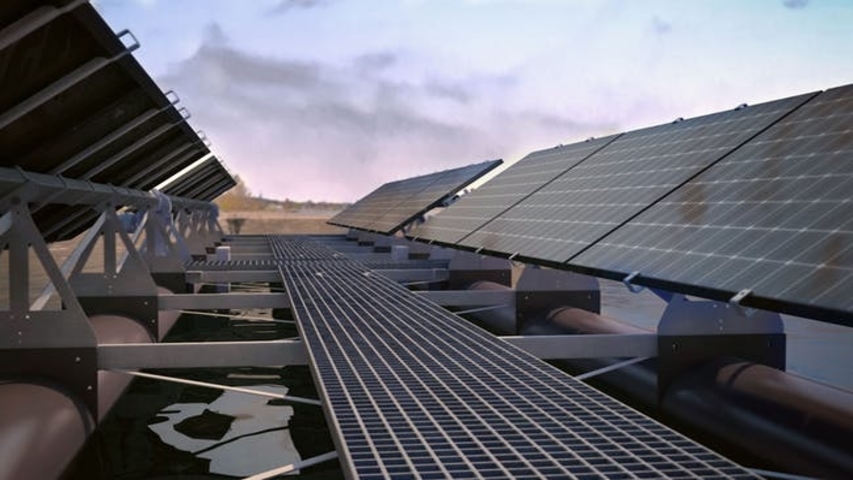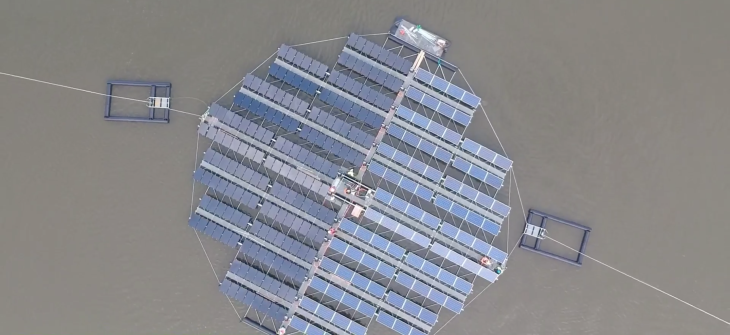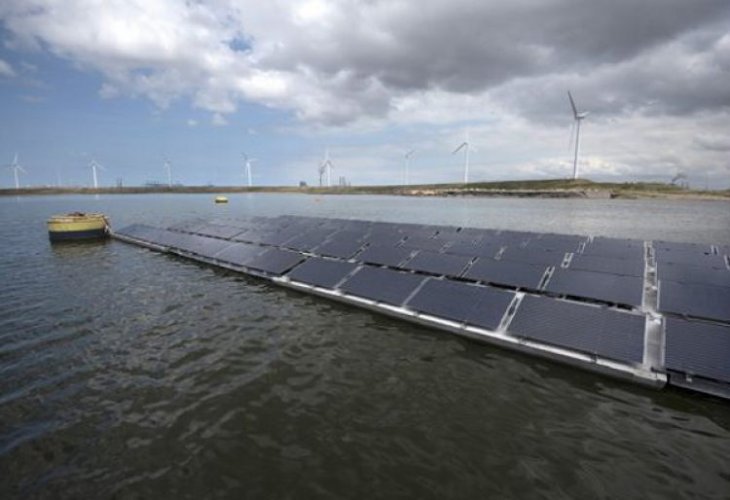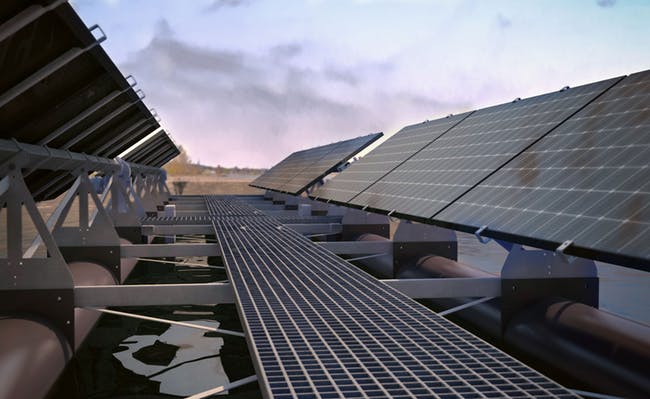This Is The World's Largest Installation Of Floating Solar Panels
Saanvi Araav - Apr 28, 2019

This very ambitious project of floating solar panels will offer a new way to harvest energy.
- India's Kochi Airport Now Has A New Floating Solar Plants
- This Solar Panel Can Work Even When There's No Sunlight
- Startup Turns Windows Into Transparent Organic Solar Panels That Can Generating Electricity
The Netherlands has decided to set up the largest collection of solar panel islands in the world. This new collection will be able to withstand the wind at high speeds as well as reposition itself with the direction of sunlight. They expect this whole installation to cover about half of the North Holland-based Andijk reservoir's surface area. Water company PWN uses this installation to purify and offer 25 million cubic meters of drinking water.

The managing director of Floating Solar, Arnoud van Druten has had an interview with The Guardian last Sunday. He said:

How they will set it up
Hopefully, these floating photovoltaic panels will provide a promising solution to help with the transition to sustainable energy of the whole world. The first demonstration of this technology was back in 2009 in California. Ever since, it has spread widely, reaching more than 100 sites by the end of 2017.

The project will include 73,500 panels in total, covering 15 islands. In the first phase, they plan to complete by this November the covering of three islands, each has a diameter of 140 meters. In fact, the company could move much faster, but they decide to slow down to wait for the migration season of the bird to end. That only gives them 3 months to set up the islands. Afterward, they will combine this project with another site having static panels to bring energy to 10,000 homes in the area.
Automation

For higher efficiency, the panels rely on a sun-tracking algorithm. There are three buoys that will turn to the light automatically and slowly change the position using an algorithm. However, some developers say that the sun changes its position very little over a year so this task is really easy for automation.
They have even designed the system so that it can move in severe weather. It moves so that the waves will glide through smoothly it, so the islands could withstand wind at 60 mph speed. While the water-based installation seems to have more challenges than the land-based version, it actually has the advantage of cooling for the cables in use - according to Van Druten. If this project succeeds, it will inspire other projects across the world like in Japan, Thailand, and the US.
These types of projects can have several benefits on the ecosystem, including encouraging algae growth and reducing water evaporation. We have found examples of these environmental benefits in similar land-based facilities in India and Germany.
2018 is the fourth-hottest year ever in the record, so these ideas are most needed than ever.
Featured Stories

Features - Jul 01, 2025
What Are The Fastest Passenger Vehicles Ever Created?

Features - Jun 25, 2025
Japan Hydrogen Breakthrough: Scientists Crack the Clean Energy Code with...

ICT News - Jun 25, 2025
AI Intimidation Tactics: CEOs Turn Flawed Technology Into Employee Fear Machine

Review - Jun 25, 2025
Windows 11 Problems: Is Microsoft's "Best" OS Actually Getting Worse?

Features - Jun 22, 2025
Telegram Founder Pavel Durov Plans to Split $14 Billion Fortune Among 106 Children

ICT News - Jun 22, 2025
Neuralink Telepathy Chip Enables Quadriplegic Rob Greiner to Control Games with...

Features - Jun 21, 2025
This Over $100 Bottle Has Nothing But Fresh Air Inside

Features - Jun 18, 2025
Best Mobile VPN Apps for Gaming 2025: Complete Guide

Features - Jun 18, 2025
A Math Formula Tells Us How Long Everything Will Live

Features - Jun 16, 2025
Comments
Sort by Newest | Popular